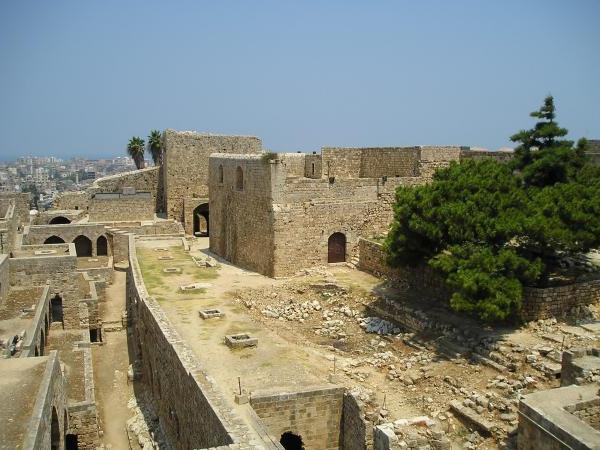Beirut is the capital of Lebanon, one of the largest port cities in the Mediterranean. It has a very ancient history, the first mention of the town dates back to the 15th century BC, although there are suggestions that the settlement existed as far back as the 20th century BC. Initially, it was mentioned under the name Barut, which in translation could mean "well." The city gained great fame only during the reign of the Roman Empire, because it was in Beirut that a law school, very popular at that time, was founded.
Even in ancient times, the current capital of Lebanon was the commercial and cultural center of the region. During the reign of the pharaohs of Ancient Egypt, the city was used as a port, during the time of Phenicia - it played a significant role in world trade. In the 7th century, Beirut was part of the Arab Caliphate. After it was ruled by the Egyptian Mamluks, and during the period 1516 - 1918 he was part of the Ottoman Empire. In the first half of the twentieth century, the city was the mandated center of France, and in 1943 received the long-awaited freedom.
Cinemas, theaters, museums, universities, historical and architectural monuments - all this will show the visiting tourist Beirut. Lebanon is a very beautiful country with peculiar landscapes. This is a state that skillfully combines ancient wisdom and modern grace. Here, near the high business centers, you can see the house of the XIX century, built in the
Byzantine style. Lebanese are trying to keep up to date, largely imitate Europe, but, nevertheless, do not forget about their culture and traditions.
Arriving to stay in Beirut, you must definitely walk along the Corniche promenade, which is a favorite place for locals to walk. On the one hand there is a breathtaking view of the Mediterranean Sea, and on the other there are luxurious houses, clubs, restaurants and cafes that hospitably welcome visitors. The capital of Lebanon is also known as the country's shopping center, so it is recommended to visit the Hamra area, where a large number of shops, restaurants, banks and cinemas are concentrated.

It is worth taking a walk around central Beirut to see what architectural monuments the capital is rich in. Lebanon has a long history, was ruled by many rulers, so there will be something to see. First of all, it is worth getting acquainted with the Gran Serai - the residence of the Ottoman rulers - as well as the clock tower (this is in almost every big city that was under the influence of the Ottoman Empire). It is recommended to visit the archaeological park, look at the ruins of the Roman era, see the Church of St. Elijah and the Cathedral of St. George.
The capital of Lebanon is also the cultural center of the country, so there are a lot of cinemas and theaters, the latter combine oriental traditions with European classics. Museums impress with their uniqueness and a huge number of interesting exhibits. In Burj Hamoud, you can stroll along the beautiful, well-groomed streets and stint in relatively inexpensive stores. Expensive shops are located in the Varda area, while shoes, clothes and leather goods are sold on Hamra Street.
It is impossible to return empty-handed from Beirut, there is a huge selection of hookahs, rosaries, caskets, coffee pots and many other interesting things that you can bring home as souvenirs.